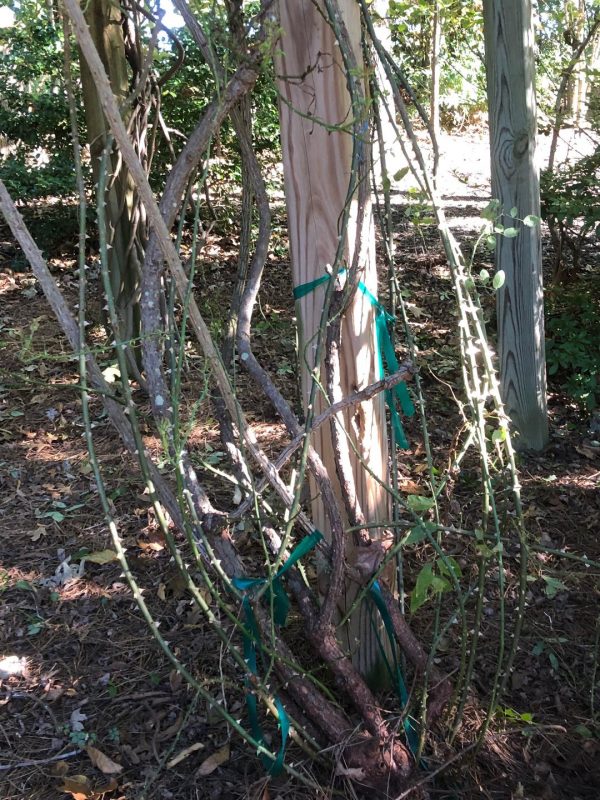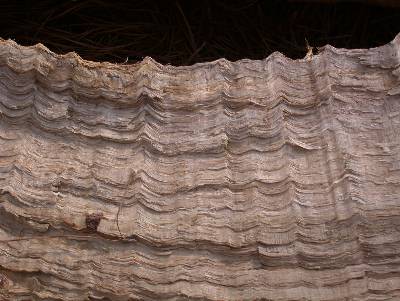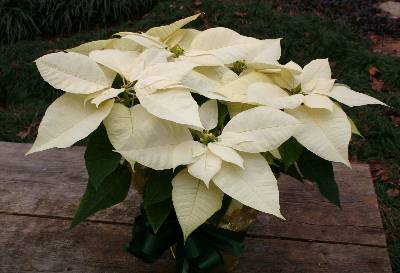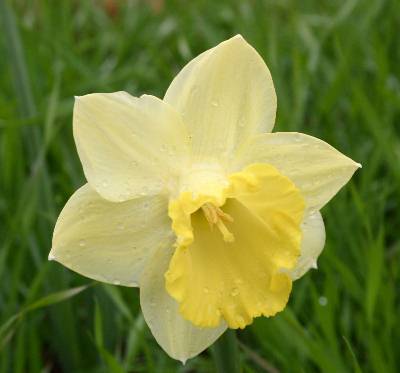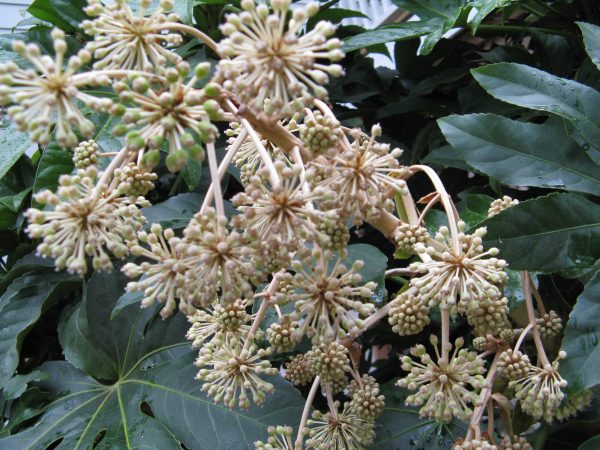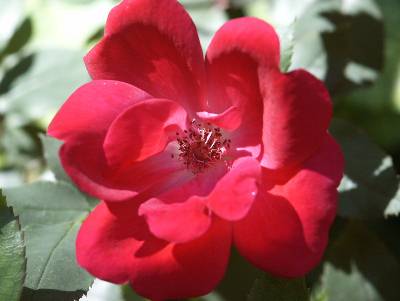Centipede – Poor Greenup
As night temperatures stay above 60 degrees and soil temperatures rise above 50 degrees , most warm season turfgrasses begin to green up. How fast greenup occurs obviously relates to temperature, but also to the relative vigor of the turf. Dr. Gil Landry, Extension Turf Specialist, says that what starts out looking great sometimes ends up quite differently, especially with centipede grass. The way it looks now relates to past, not present, cultural management. The most common observations related to centipede greenup problems are improper mowing height and too much nitrogen fertilization.
Mowing centipede grass above 1.5 inches leads to live stolons growing one-fourth to one inch away from the soil surface. These stolons and exposed roots are more sensitive to temperature and moisture changes. High nitrogen levels from last year, or from early spring applications encourage shoot growth over root growth.
In a North Carolina turf trial, centipede was mowed at either .75 inches or at 2.0 inches. Different plots were given fertilizer ranging from 0 pounds of nitrogen per year to 4 pounds per year. The plots that received lots of fertilizer at were mowed 2 inches high suffered 85 percent winterkill. Plots mowed at one-half inch with little fertilizer had only 5 percent winter damage.




